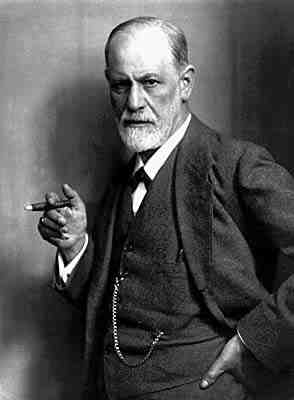
We're talking this week about effectively using quotes in research papers. Today, our suggestion is to make sure that rather than sprinkling quotes into your paper in isolated moments, you make sure to discuss any quote you use, so that the quote is serving your own argument, rather than the other way around.
Consider the following paragraph:
Sometimes things aren't so easy. "The problem with their plan," psychologist Jane Smith said, "is that they didn't account for the degree to which people are controlled by forces that we can neither prove the existence of nor agree on the function of. I'm talking, of course, about the unconscious, or the subconscious, depending on whether you're Freudian or Jungian about things, which makes a big difference, of course, if you study it closely, though Jung was a student of Freud's, but still, what I'm trying to impress upon you is that sometimes you just don't know" (312).That paragraph is completely controlled by a quote--the writer hasn't managed to contribute anything to it other than a brief introductory sentence, and it's unclear what the writer wants us to understand from that quote. An example of a writer taking control of the use of a quote might be:
Dogs might salivate at the sound of a bell, but strict behavioral psychology often fails to capture the somewhat more complex behavior of human beings. We know, of course, that people are hungry for food, but other motivations behind human behavior can be maddeningly inscrutable. As Jane Smith notes, strict behaviorists "didn't account for the degree to which people are controlled by forces that we can neither prove the existence of nor agree on the function of" (312). Regardless of whether one prefers Freudian, Jungian, or some other psychology, most people agree that they have experienced moments in which deeper forces seemed to be pushing them to choose one action over another--and those forces aren't as simple as responding to a dinner bell.All of that stuff--the quote, the paragraphs, etc.--was just made up off the top of our head. What we're trying to show, though, is that in the first example, a somewhat messy and not particularly focused quote had nevertheless been allowed to dominate a paragraph. In the second example, the quote has been trimmed to its useful point, and has been used within a context (and paragraph) controlled by the writer.

No comments:
Post a Comment